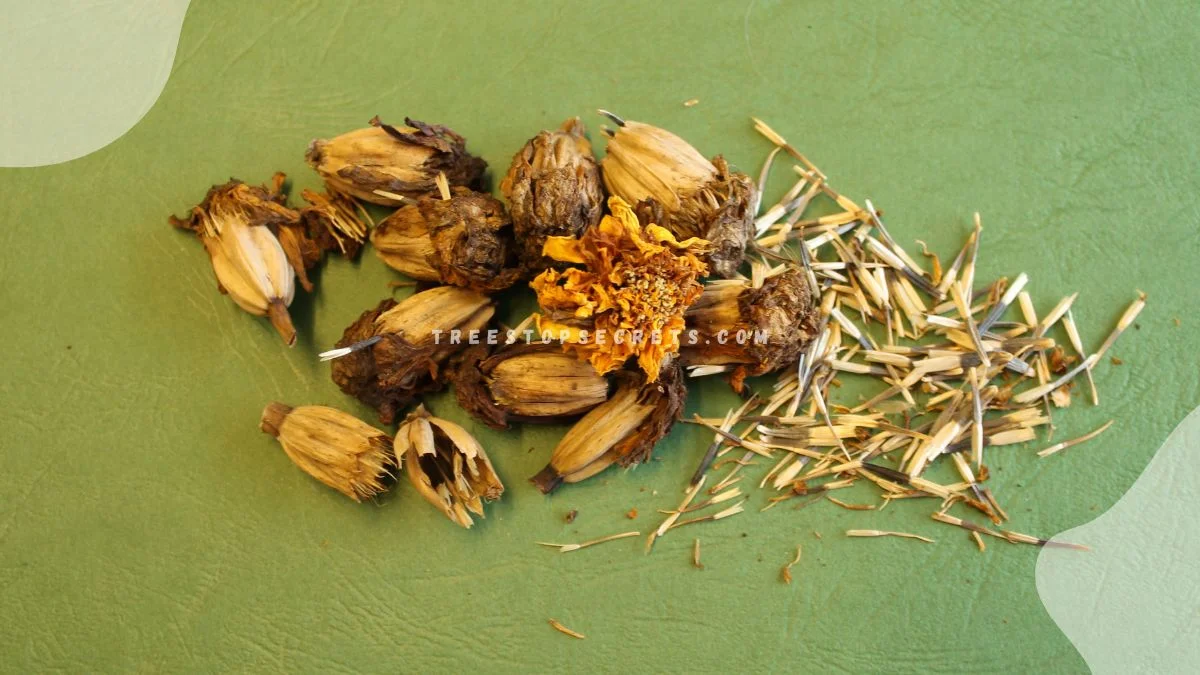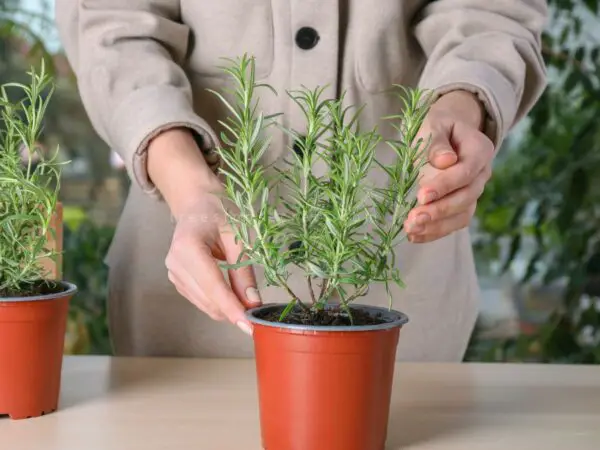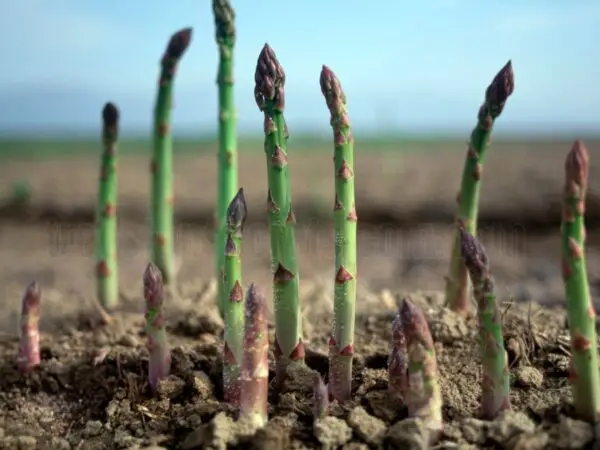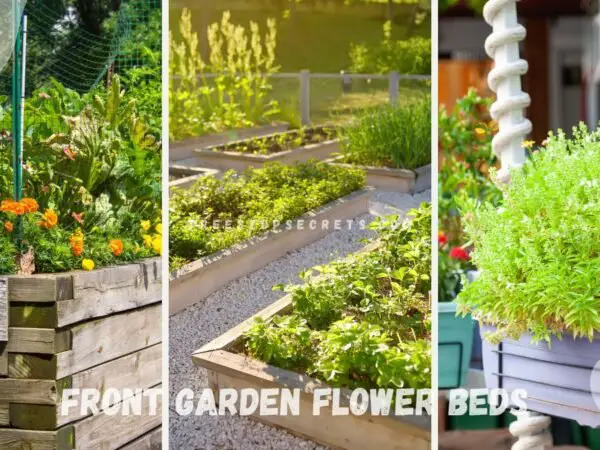Did you know that marigolds can help repel pests in your garden? Planting marigold seeds at the right time can bring a burst of color and benefits to your outdoor space. Whether you are a seasoned gardener or just starting, understanding when to plant marigold seeds is key to a successful bloom. Join us as we uncover the best time to sow these vibrant flowers and watch your garden flourish with life.
Get ready to dive into the world of marigolds and learn the secrets behind their growth. Discover the optimal planting season for marigold seeds and how to care for them throughout their lifecycle. Stay tuned for expert tips on nurturing your marigold plants for a stunning display that will leave your neighbors green with envy.
Key Takeaways
- Plant marigold seeds in well-drained soil after the last frost date in your area for optimal growth.
- Before planting, prepare the soil by loosening it and adding organic matter to promote healthy root development.
- Sow marigold seeds directly into the ground or containers, ensuring they are covered lightly with soil.
- To care for marigold plants, provide them with adequate sunlight, water regularly, and deadhead spent flowers to encourage continuous blooming.
- Harden off seedlings gradually before transplanting them outdoors to help them acclimate to outdoor conditions.
- Be vigilant against common challenges like powdery mildew or pests by regularly inspecting your marigold plants and taking prompt action when needed.
Understanding Marigolds
Types and Varieties
Marigolds come in various types, including French, African, and signet. Each type has unique characteristics. French marigolds are petite with double blooms, while African marigolds have large, fluffy flowers. Signet marigolds are compact with small, single blooms. These varieties offer a range of sizes and shapes for different garden preferences.
When it comes to color variations, marigolds display a vibrant spectrum. From yellow and orange to red and mixed hues, these flowers add a pop of color to any garden. Whether you prefer warm tones or a mix of shades, marigolds provide options to suit your aesthetic taste.
Benefits in Gardens
Marigolds play a vital role in attracting beneficial insects like bees and butterflies to gardens. Their nectar-rich flowers serve as a food source for these pollinators, contributing to a thriving ecosystem and connection. Marigolds possess natural compounds that repel harmful nematodes in the soil, protecting plant roots from damage.
In garden landscapes, marigolds offer more than just pest control. Their bright blooms create visual interest and enhance the overall beauty of outdoor spaces. Whether planted in borders, containers, or mixed beds, marigolds bring a cheerful ambiance to any garden setting.
As Pest Repellents
Gardeners value marigolds for their ability to act as natural pest repellents for vegetables such as tomatoes and beans. The strong scent emitted by marigolds deters pests like aphids and whiteflies, reducing the need for chemical insecticides. By interplanting marigolds with other crops, farmers can effectively manage pests while promoting biodiversity in their fields.
When to Plant Marigold Seeds
Starting Indoors Guide
Starting marigold seeds indoors is a simple process that can give your flowers a head start. Begin by filling seed trays with potting soil, then plant the seeds about half an inch deep. Keep the soil consistently moist but not waterlogged to aid in germination.
Maintaining proper moisture levels during indoor seed starting is crucial for successful growth. Overwatering can lead to rot, while underwatering can cause the seeds to dry out and fail to sprout. Check the soil regularly and adjust watering accordingly.
Ideal temperature conditions for starting marigold seeds indoors range between 70-75°F (21-24°C). Providing a warm environment helps speed up germination and encourages healthy seedling development.
Direct Sow Steps
For direct sowing marigold seeds in the garden, prepare the soil by loosening it and removing any debris. Plant the seeds at the recommended depth, typically around half an inch, and ensure proper spacing between each seed. Cover the seeds lightly with soil and gently pat them down.
Proper spacing and soil coverage are essential when direct sowing marigold seeds. Crowding can lead to competition for resources, affecting growth. Adequate soil coverage protects the seeds and provides them with a stable environment for germination.
After direct sowing, watering requirements play a vital role in ensuring optimal germination. Keep the soil consistently moist but avoid overwatering, as it can cause the seeds to rot. A light misting or gentle watering is sufficient.
Timing for Planting
Waiting until after the final spring frost before planting marigold seeds is crucial for their survival. Frost can damage tender seedlings, so it's best to wait until the risk has passed before sowing your seeds.
l temperature is key for successful germination of marigold seeds. The ideal range is between 70-75°F (21-24°C), providing a warm environment for seedling development.
To determine the ideal timing for planting marigold seeds, consider your local frost dates. Planting too early can expose young plants to frost damage, while planting too late may affect their growth potential.
Preparing for Planting
Choosing the Right Location
When planting marigold seeds, select a sunny spot for optimal growth. Marigolds thrive in full sunlight, requiring at least six hours daily.
Sunlight exposure directly impacts the growth and blooming of marigold plants. Adequate sunlight ensures robust plant development and vibrant flower production.
Consider a well-draining soil location for marigolds to prevent waterlogging. Proper drainage helps maintain healthy root systems and prevents root rot.
Soil Preparation
Prepare the soil before planting marigold seeds by removing weeds to avoid competition for nutrients. Weed-free soil promotes the healthy growth of marigold plants.
Ensure the soil pH levels are suitable for marigolds, ideally between 6.0 and 7.0. Proper pH levels support nutrient uptake and overall plant health.
Prior to planting, loosen the soil to a depth of 12 inches to facilitate root growth. This allows young marigold plants to establish themselves effectively.
Sowing Marigold Seeds
Indoor Sowing
Starting marigold seeds indoors ensures early blooms and a longer flowering season, especially in cooler climates. Thinning out seedlings is crucial to prevent overcrowding and promote healthy growth. Hardening off seedlings gradually acclimates them to outdoor conditions, reducing transplant shock.
- Benefits of Indoor Sowing:
- Early blooms in cool climates
- Extended flowering season
- Control over growing conditions
- Thinning Out Seedlings:
- Prevents overcrowding
- Promotes healthy growth
- Enhances air circulation around plants
- Hardening Off Seedlings:
- Acclimates seedlings to outdoor conditions
- Reduces transplant shock
- Prepares seedlings for successful transplantation
Outdoor Sowing
Outdoor sowing of marigold seeds offers natural sunlight and airflow, promoting robust plant development. Proper spacing between seedlings allows for optimal light exposure and airflow, reducing the risk of diseases. Adequate watering and sunlight are essential for the successful growth of marigold seeds outdoors.
- Differences Between Indoor and Outdoor Sowing:
- Natural sunlight and airflow outdoors
- Increased exposure to environmental factors
- Direct interaction with beneficial insects
- Proper Spacing for Outdoor Sowing:
- Ensures optimal light exposure
- Facilitates airflow around plants
- Reduces the risk of fungal diseases
- Watering and Sunlight Requirements:
- Consistent watering to keep soil moist but not waterlogged
- Full sun exposure for at least six hours daily
- Well-draining soil to prevent waterlogging
Caring for Marigold Plants
Watering Essentials
Marigold seeds require consistent moisture during germination to sprout effectively. Avoid overwatering, as it can lead to root rot and hinder growth. Signs of overwatering include yellowing leaves and wilting, while underwatering shows through drooping leaves.
Maintaining optimal soil moisture is crucial for healthy marigold growth. Regularly check the soil moisture by inserting a finger into the soil. Water when the top inch feels dry to the touch. Consistent watering helps prevent stress and promotes vibrant blooms.
Signs of overwatering in marigold plants include yellowing leaves, mold growth, and a foul odor from the soil. On the other hand, underwatered marigolds exhibit wilting, dry soil, and stunted growth.
Fertilizing Tips
Balanced fertilization plays a vital role in promoting robust marigold plant growth. Utilize a balanced fertilizer with equal parts nitrogen, phosphorus, and potassium for optimal results. Apply fertilizer sparingly to avoid nutrient buildup.
Timing is crucial when fertilizing marigold plants. Fertilize once every 4-6 weeks during the growing season to support continuous blooming. Avoid fertilizing during periods of extreme heat or drought to prevent stress on the plants.
Suitable fertilizers for marigold plants include water-soluble fertilizers, slow-release granular fertilizers, and organic options like compost or manure. Choose a fertilizer based on your preference and the specific needs of your marigold plants.
Pruning Practices
Deadheading marigold flowers is beneficial for encouraging prolonged blooming throughout the season. Remove spent flowers regularly to redirect energy towards new blooms and maintain a tidy appearance. Pruning also prevents seed formation.
To maintain compact and bushy marigold plants, prune regularly by pinching off leggy stems and faded flowers. Encourage lateral growth by pinching back the main stem tips to promote branching. This helps create fuller, more vibrant plants.
The timing of pruning varies for different marigold varieties. Generally, deadhead spent flowers promptly to prevent seed formation and encourage continuous blooming. Regular pruning throughout the growing season ensures healthy, vigorous marigold plants.
Hardening Off Seedlings
Hardening Off Process
Hardening off marigold seedlings is a crucial step before transplanting them outdoors. Gradual exposure to outdoor conditions helps the seedlings acclimatize to their new environment. This process involves slowly introducing the seedlings to direct sunlight, fluctuating temperatures, and gentle breezes.
To harden off marigold seedlings, start by placing them outside in a sheltered location for a few hours each day. Increase exposure gradually over 7-10 days to prevent shock. Protect the seedlings from harsh weather conditions like strong winds, intense sunlight, or heavy rains during this period.
- Gradual exposure: Introduce seedlings to outdoor conditions slowly.
- Protection: Shield seedlings from extreme weather to avoid damage.
Remember, abrupt changes in environment can stress the seedlings and stunt their growth. By gradually transitioning them, you give the plants time to adjust and develop stronger stems and roots. Once the marigold seedlings have been properly hardened off, they will be ready for successful transplantation into your garden.
Common Challenges
Managing Pests
Gardeners often face common problems with pests when growing marigold seeds. Spider mites and caterpillars are typical pests that can harm marigold plants. To combat these issues, consider using organic pest control methods. Companion planting can be beneficial in deterring pests from attacking marigolds.
- Identify common pests: Spider mites and caterpillars are known to affect marigold plants.
- Organic pest control: Use natural methods like neem oil or insecticidal soap to manage pests on marigolds.
- Companion planting: Planting marigolds alongside companion plants like basil or garlic can help repel pests naturally.
Disease Prevention
When planting marigold seeds, it's essential to be aware of potential diseases that can impact the plants. Diseases like powdery mildew and root rot are common threats to marigolds. To prevent these diseases, ensure proper spacing between plants and promote good air circulation around them. Early detection and prompt treatment of any diseases are crucial for maintaining healthy marigold plants.
- Common diseases: Powdery mildew and root rot are prevalent issues that marigold plants may encounter.
- Preventive measures: Maintain adequate spacing between marigold plants and provide good airflow to reduce the risk of diseases.
- Early detection: Regularly inspect marigold plants for any signs of diseases and take immediate action to address them.
Summary
In your quest to grow vibrant marigolds, you've learned about the ideal planting time, necessary preparations, sowing techniques, plant care tips, seedling hardening methods, and common challenges to anticipate. By following these steps diligently, you're well on your way to nurturing healthy and blooming marigold plants in your garden. Remember to stay vigilant against potential issues like pests and diseases, as proactive measures can safeguard your marigolds' growth and longevity. With the right care and attention, you can enjoy a colorful and flourishing marigold display that will enhance the beauty of your outdoor space.
Don't hesitate to put your newfound knowledge into practice and start planting those marigold seeds today. Your commitment to implementing these guidelines will surely yield a bountiful and delightful garden filled with the sunny hues of marigold blooms.
Frequently Asked Questions
When is the best time to plant marigold seeds?
Marigold seeds should be planted after the last frost date in your area, typically in the spring. This allows them to grow in warm soil and thrive during the summer months.
How should I prepare for planting marigold seeds?
Prepare a well-draining soil mix, choose a sunny location, and ensure the soil is warm enough for planting. Clear any debris or weeds from the planting area and have your gardening tools ready.
How do I sow marigold seeds?
marigold seeds directly into the prepared soil by sprinkling them evenly on the surface. Lightly cover the seeds with a thin layer of soil, water gently, and keep the soil consistently moist until germination occurs.
What are some key tips for caring for marigold plants?
Provide regular watering, especially during dry periods, and deadhead faded flowers to encourage continuous blooming. Marigolds thrive in full sun and do not require frequent fertilization. Keep an eye out for pests like aphids and caterpillars.
Why is hardening off seedlings important for marigold plants?
Hardening off seedlings helps acclimate them to outdoor conditions gradually, reducing transplant shock. Expose seedlings to outdoor elements like sunlight and wind for increasing durations over several days before transplanting them into the garden.
Image Source: Paid image from CANVA





